An encrypted telegram from Italy is unsolved. Can a reader find the codebook that was used? Without the codebook, deciphering the telegram is as good as impossible.
Paolo Bonavolglia from Venice, …
… Italy’s leading crypto history expert, has provided me the following (undated) encrypted telegram:
Here’s the rear-side of it:
According to Paolo, this telegram was found by Andrea Boraso from Monselice (near Padua), Italy, about 20 years ago in an old dirty fruit case in an attic. Along with the telegram, Boraso found the following pink sheet dated 1917 …
… with the following rear-side:
Does this sheet contain the key that was used to encrypt the telegram? Probably not. According to Paolo, the notes on the sheet look like a reshuffled Baudot code. Only the digits from 1 to 5 are used. So, Paolo believes that the two documents have nothing to do with each other.
Encrypted with a code?
The telegram consists of codegroups of 2 to 5 digits each. There are 176 different codegroups altogether, 114 of which appear only once. Most codegroups are ordered some way; for instance the most frequent codegroup is 8765, the second is 7654. Is this a mnemonic feature?
The telegram was probably encrypted with a code. If so, the only realistic way to solve it is to find the codebook that was used (the one shown below is certainly not the correct one). Even worse, in addition to the code, a second encryption step might have been applied.
Can a reader solve this mystery?
Follow @KlausSchmeh
Further reading: Encryped telegram from 1948 deciphered
Linkedin: https://www.linkedin.com/groups/13501820
Facebook: https://www.facebook.com/groups/763282653806483/

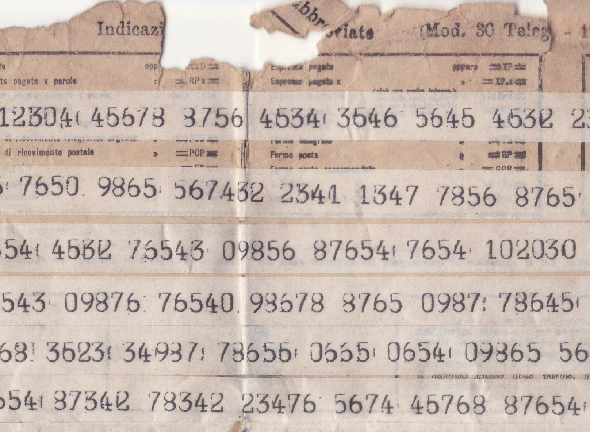


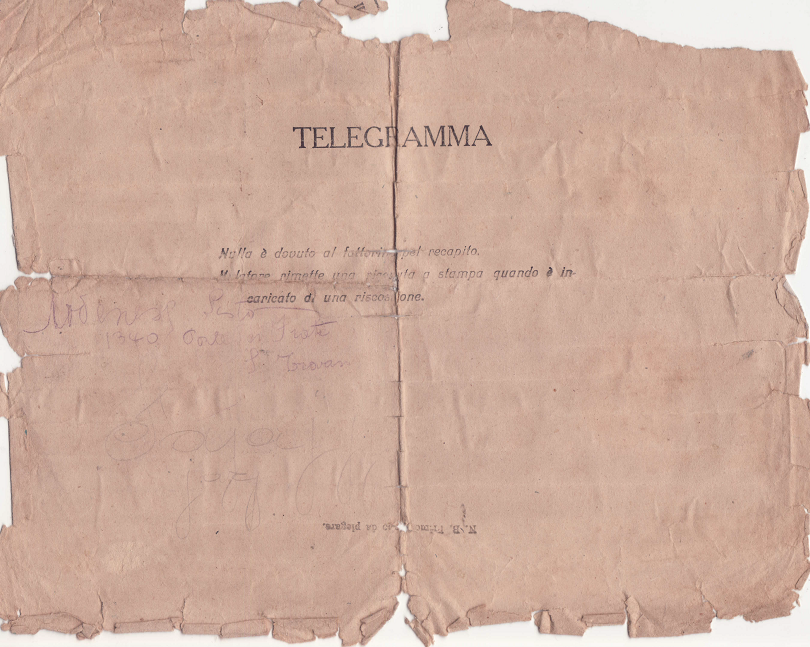
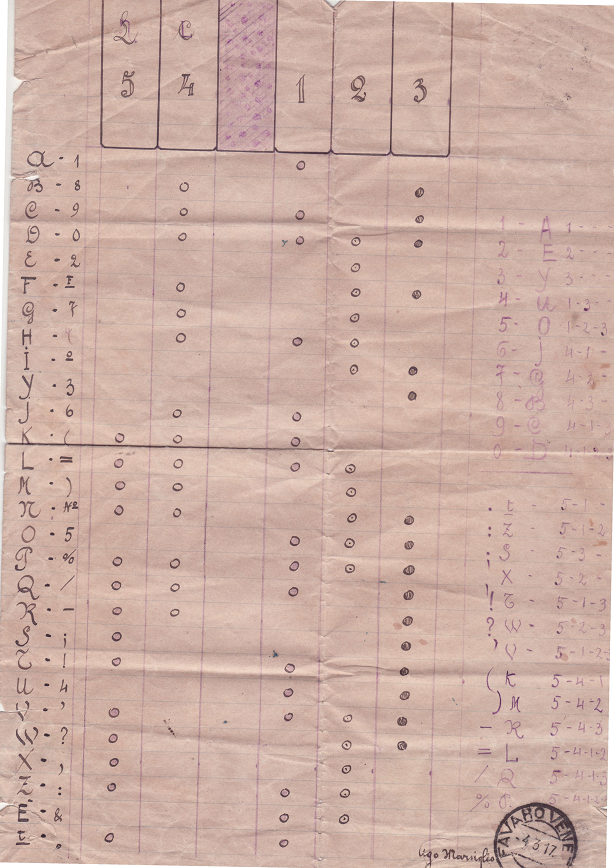
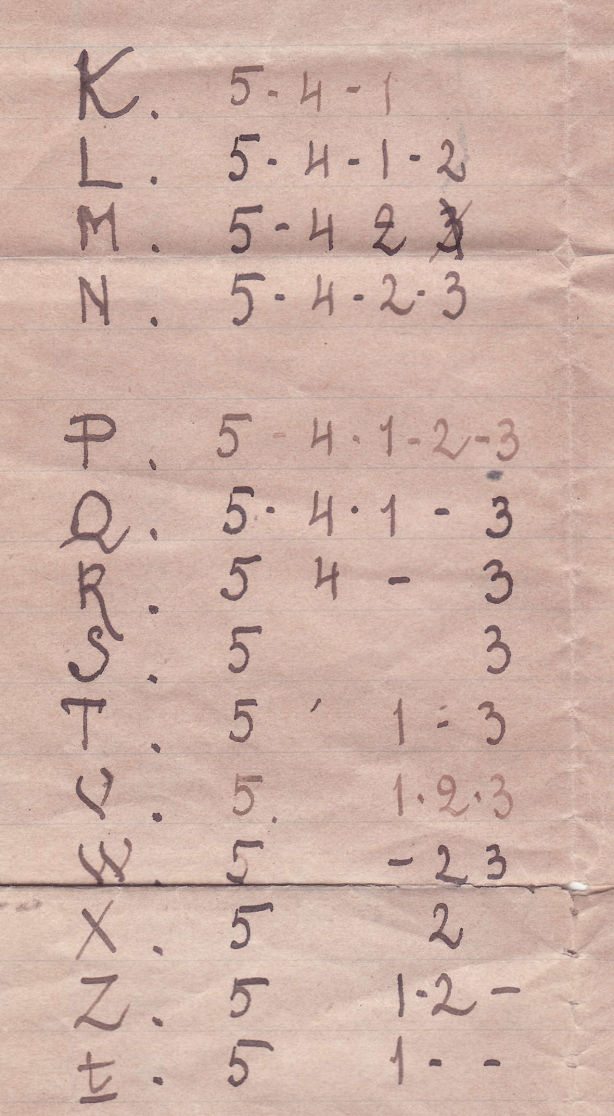
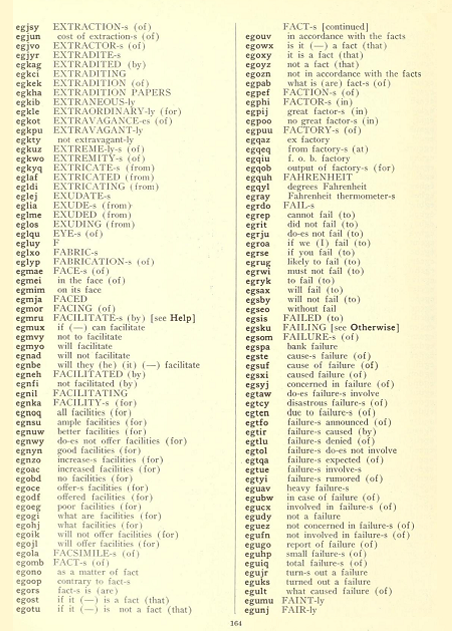

Kommentare (5)